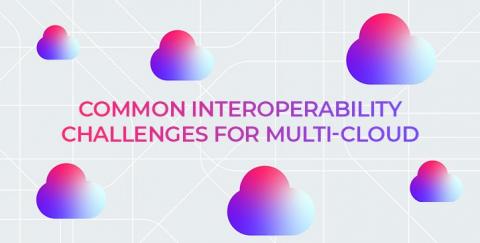Operations | Monitoring | ITSM | DevOps | Cloud
Latest News
How to Locate a Device Using a MAC Address
Financial Impact of an Outage
The Auvik Network Device Buyer's Guide
K-12 and Network Monitoring: Solving IT Mysteries, Meeting Challenges
To say that K-12 school systems have challenges is an understatement. COVID forced schools to make a dramatic turn towards remote learning, which meant the network was anything but insular, forcing IT to efficiently support thousands of new remote endpoints. That is on top of other K-12 network challenges. Issue number one: tight budgets. Most school systems are tight for cash, especially after the financial stresses of COVID and all the millions spent on PPE.
Common interoperability challenges for multi-cloud
Gzip Compression for Faster Web Pages (Apache, Nginx, WordPress)
Even reducing the loading time of our website by a second can have a drastic impact on the traffic we get. It is vital for our websites to load quickly in this fast-moving world, where all the information we need can be found within a blink of an eye. One way to achieve it is using Gzip compression. The Gzip algorithm compresses and decompresses data in order to make websites load faster in a client's machine.
Network Diagnostics with Obkio: Webinar Recap
In our on-demand webinar, Obkio’s network pros go over our network diagnostics process of how to locate and troubleshoot live network issues faster easter with Obkio network performance monitoring vs. traditional monitoring solutions. Networks are changing, and monitoring solutions need to keep up.
Network Configuration Management: The Benefits & Importance
Kentik moves up the stack with Synthetic Transaction Monitoring
In our quest to provide the leading network observability solution, Kentik has been focused on developing a service for NetOps teams that empowers them to have intimate knowledge of their network traffic and the devices that route traffic. Our service helps them plan capacity, project costs, optimize routes, detect unwanted traffic, troubleshoot issues and analyze events.









